Rajshahi’s tennis dream finds new avenue on coaching court
Back in the 80s, the Boalia Tennis Club in Rajshahi, a humble facility with just one hard court, was a place where the locals of the region got a taste of a game that was mostly accessible to the elites of the society.
With time, that modest club has transformed into the sprawling Rajshahi Tennis Complex, which has eight hard courts, three galleries, a gymnasium, a dormitory and a guesthouse on a three-acre land beside the Padma River.
The academy has five dedicated coaches, including three females, who give tennis lessons to around 60 students aged 5-18 years, many of whom come from underprivileged backgrounds.
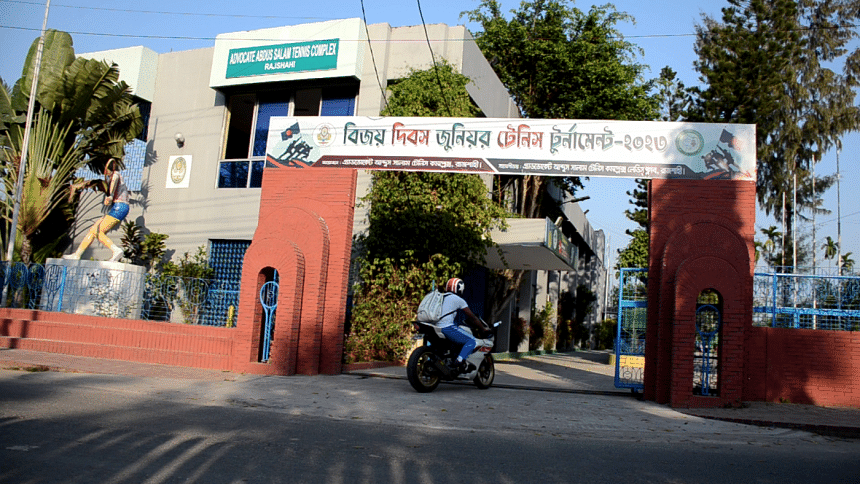
But more than its players, this tennis complex in Rajshahi is now better recognised as a breeding ground for tennis coaches who later go on to work abroad, a trend that started around two decades ago.
Around 20 coaches from the academy, which was renamed to Advocate Abdus Salam Tennis Complex in 2020 after a freedom fighter, are now working abroad, three leaving for China just this year.
The first coach from the academy to go overseas as coach was Michael Collins, also known as AHM Taswar, who took a job in an academy in Beijing, China in 2005.
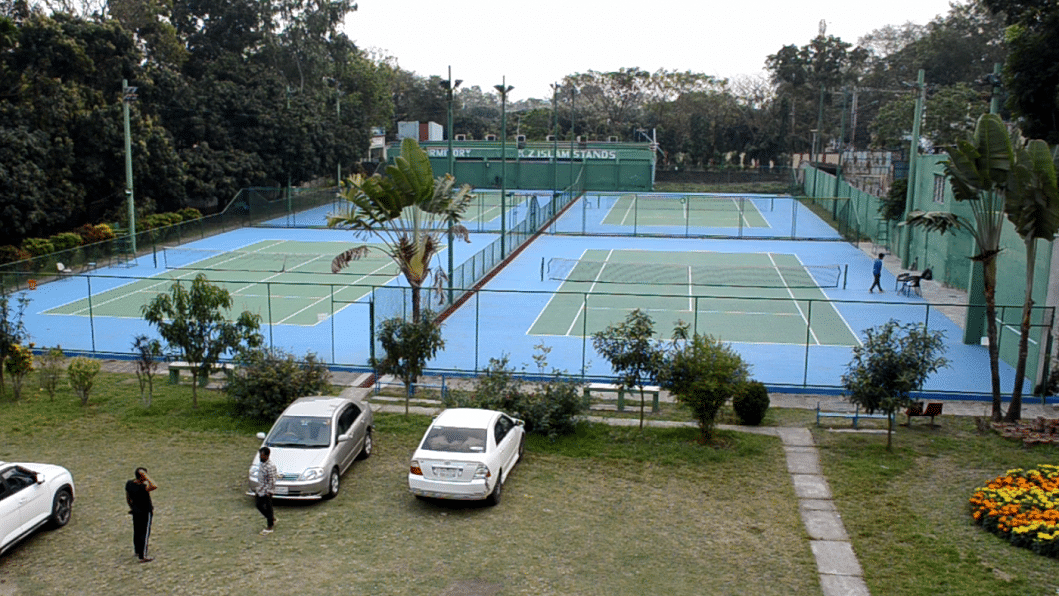
Financial constraints kept Michael from pursuing his dream of becoming a professional tennis player and made him take up coaching instead, a story shared by many of the coaches who followed his footsteps.
To make it as a professional tennis player, a player has to regularly compete in competitions overseas to earn ranking points, something that's not feasible for the majority of players in Bangladesh without the help of sponsors.
In comparison, coaching tennis abroad is a much more lucrative career option as by doing so they can still stay with the sport while earning a hefty sum, with beginner coaches fetching over USD 1,000 a month and experienced ones earning up to USD 10,000.
The complex's general secretary Ehsanul Huda Dulu was proud that so many of his academy players-turned-coaches had made their way abroad but was remorseful that all of them had to give up their dream of becoming a tennis star.
"We pour our hearts into training these players, but financial barriers crush their dreams of becoming professionals," said Dulu.
"Letting go of aspiring players is a harsh reality. Coaching shows the athletes a new path and it is also a source of pride for the complex," he added.
To find promising players, the academy, which has a monthly expenditure of Tk 1,50,000 which is primarily covered by membership fees, holds annual talent hunts in schools and even offers promising players from low-income backgrounds training free of cost.
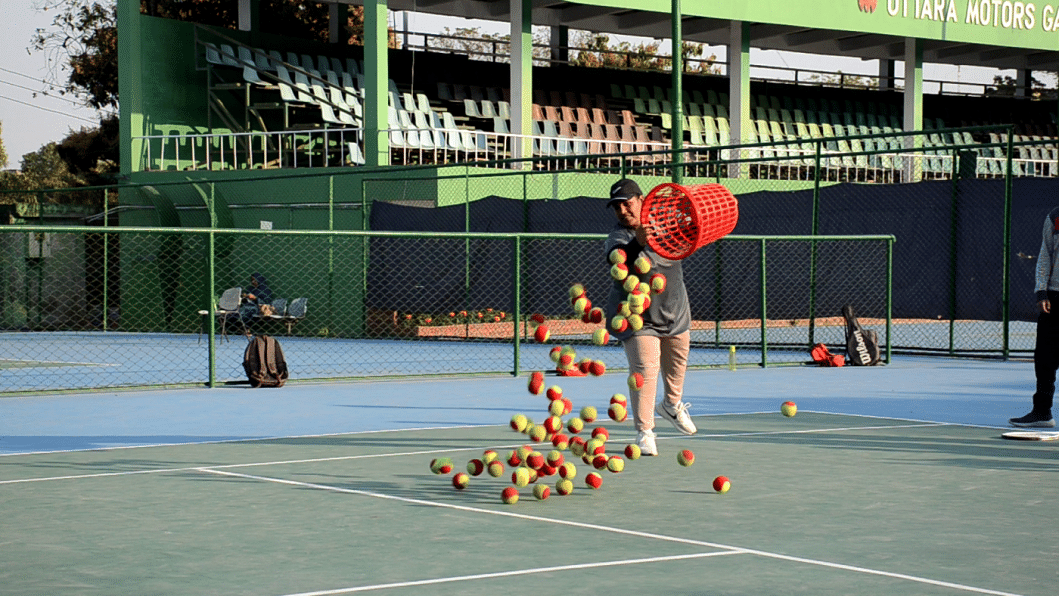
Still, most players either drop out of the game owing to financial hardships or due to the bleak career prospects of the sport in Bangladesh.
"Our players are talented. But most guardians of our players see no visible future for their child in tennis. In afternoons, when the children should be in practice, they remain busy in coaching centres," said Khaleda Fouzia Choiti, a coach.
"As they grow older, they start to drop out of tennis. Financial constraints always come in the way," said Sumaya Sultana Moni, another coach.
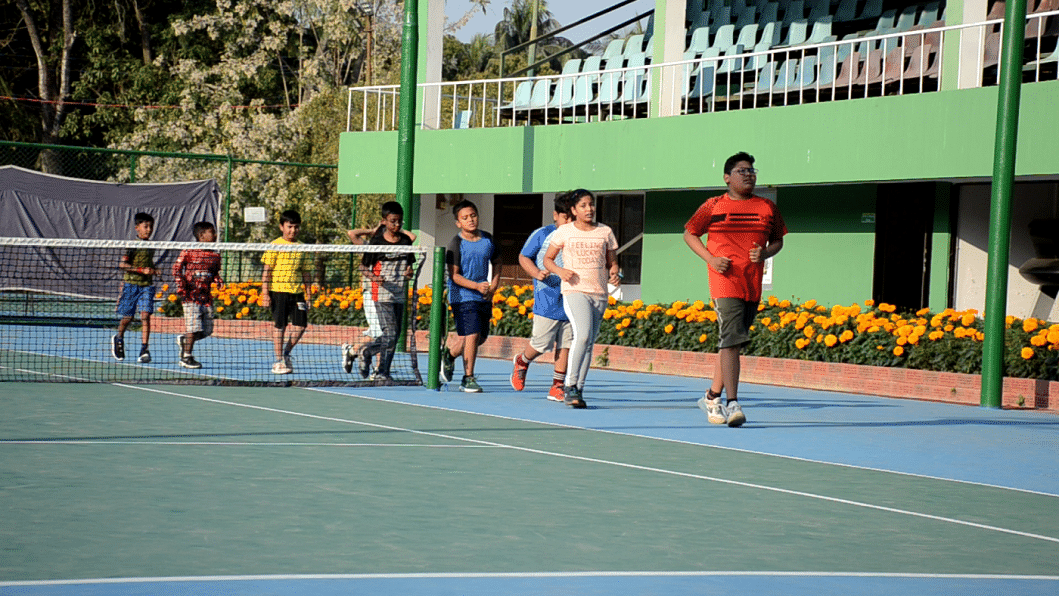
Moni also said that two junior players of the academy – Apan Ahmed and Halima Jahan – had qualified for an international junior tennis tournament in Sri Lanka in 2022, but couldn't go due to a fund crunch.
Some ball boys who joined the complex as staffers also train at the facility. One of them, Emon, was trained by Michael for six months when he had come to Rajshahi on vacation.
Emon went on to win a gold medal at the 9th Bangabandhu Bangladesh Games in 2021 and also got selected for the Junior Davis Cup.
But Emon too found a coaching job in China and left shortly after.
"Tennis requires hard labour and skill. But our players hardly earn anything in comparison to their efforts," said Yasin Huda Sakib, a former tennis player turned banker.
Sakib said that even after winning trophies, a tennis player's annual earnings rarely exceeds Tk 50,000.
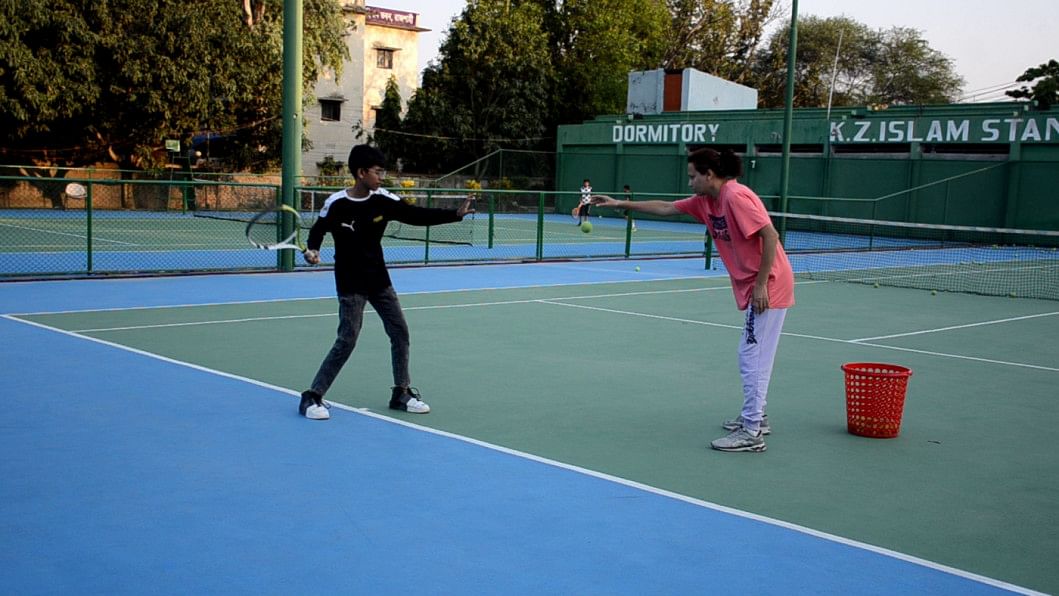
The complex suffers from the loss of talented players pursuing coaching opportunities abroad, however, there is a silver lining, said Hasinur Rahman Tinku, a vice president of the complex.
"Many of these coaches find success in their new roles and, after some years, give back to the complex. They contribute by providing equipment for players and sponsoring tournaments," Tinku said.
One such coach, Taj Mohammad, recently sponsored a tournament at the complex. He even established the city's first dedicated store for affordable tennis equipment, a venture inspired by his own struggles as a player.
"When I used to play here, finding proper shoes and replacing damaged strings were constant challenges. I opened the shop hoping to ease those burdens for the future generation."
Despite the challenges, the complex hosts at least six tournaments a year, including a national event of the Bangladesh Tennis Federation (BTF), and a junior event accredited by the International Tennis Federation (ITF).
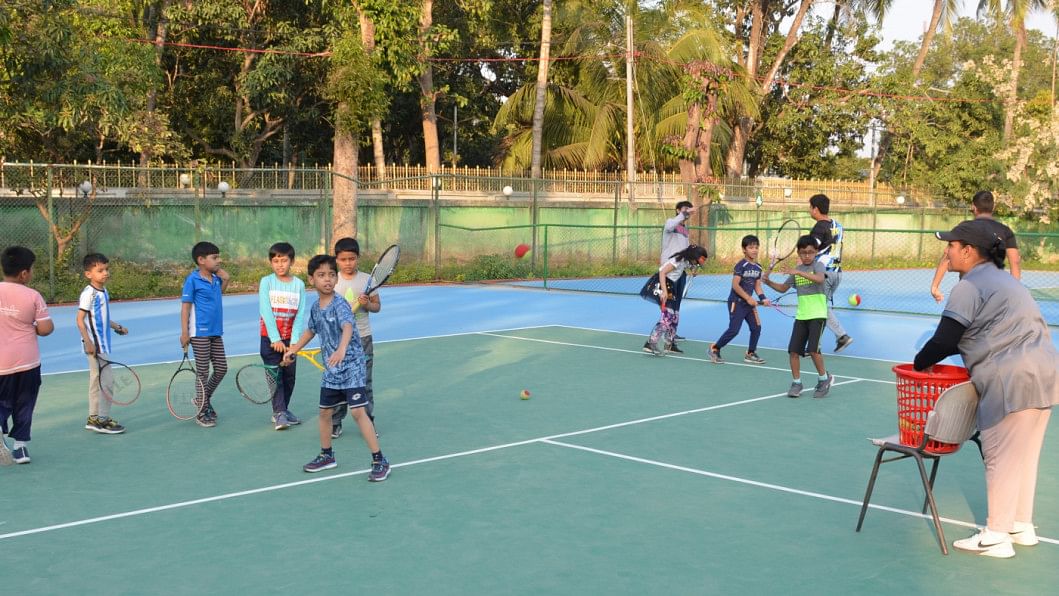
Last year they signed a Memorandum of Understanding (MoU) with the Bengal Tennis Association (BTA) of India and as part of this collaboration, three Indian coaches will come to the complex every three months for 10 days to share their expertise.
Dulu believes that if more private entities step up as sponsors and the government lends them a helping hand, they can start producing tennis players who can take the country's tennis to a higher level at least in the region.
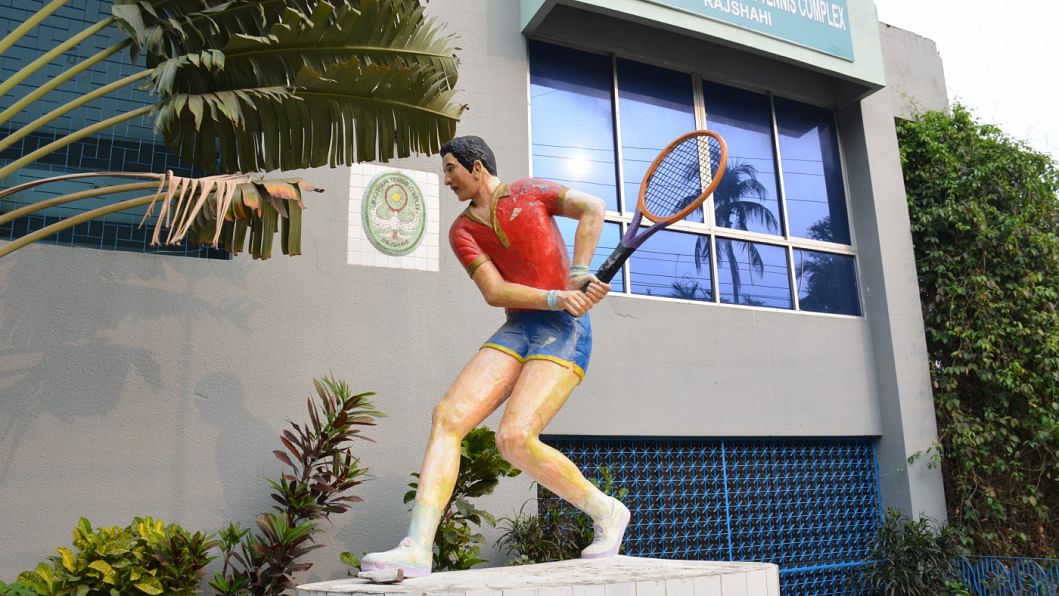
"Our first aim is to reach the level of Indian players. Our observation of Indian players tells us that they are ahead of us mainly due to individual sponsorship from private companies.
"To elevate tennis in our region, both the government and private companies must invest in our talented players."

 For all latest news, follow The Daily Star's Google News channel.
For all latest news, follow The Daily Star's Google News channel. 



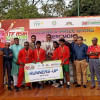

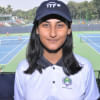
Comments